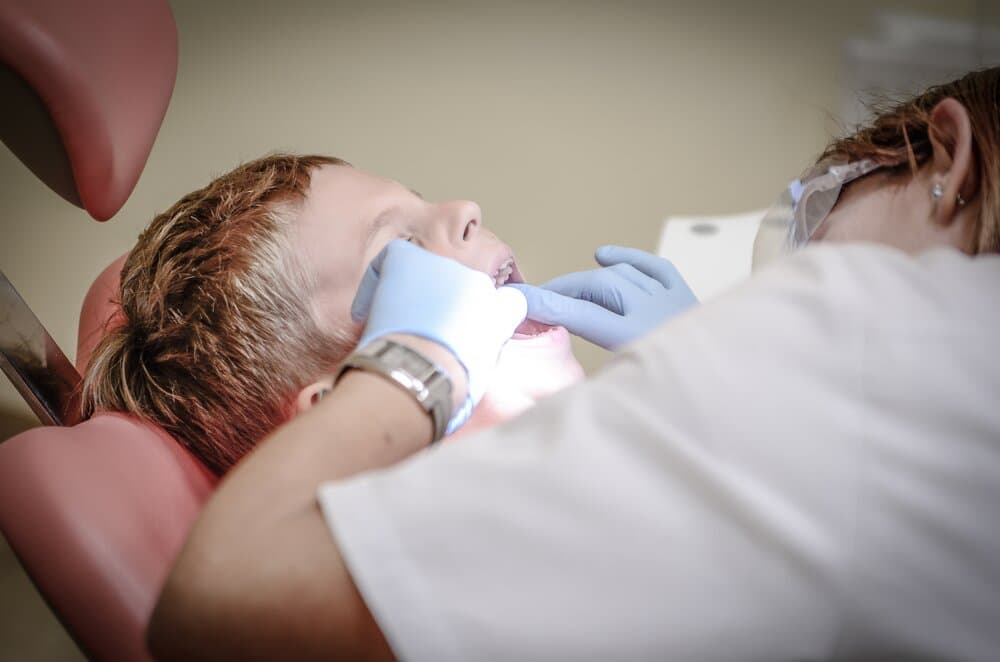By David Saunders | UPDATED: 10:42, 03 December 2019
Slow Dentistry is a global initiative designed to improve the standards of dental care around the world. Much like the Slow Food Movement Slow Dentistry reflects a cultural shift in our speed-focused pace of life which aims to put the brakes on our fast-paced living.
Is your dentist slow enough?
As many as 1.9 million courses of dental treatment carried out in England over the last 12 months may have taken place at clinics that breach strict guidelines on health, safety and welfare, including cleanliness and infection control designed to prevent the spread of conditions such as HIV, hepatitis and vCJD. Under Freedom of Information laws, Slow Dentistry, a movement to change the pace of dental care, obtained the results of inspections carried out by the Care Quality Commission (CQC), the healthcare regulator.
Analysis reveals that of the 1,067 dentists inspected by the CQC last year, 48 were found to be in breach of the strict Department of Health regulations covering infection control to maintain people’s health, safety and welfare and also the suitability and safety of premises dental treatments take place in. The NHS England reports that 39.7 million courses of treatment were delivered in 2018-19.
The results are of little surprise to dentist Miguel Stanley who initiated the Slow Dentistry movement and who commissioned the Freedom of Information request.
“As dentists we all want to deliver the best quality patient care. However, as the results of the CQC inspections have shown, steps to protect patients can be delivered inadequately by some, leading to patient safety being put at risk. I believe that the number of safety breaches could be reduced significantly if dentists had the right amount of time to deliver care. Time is crucial when consenting patients, delivering treatment, and, importantly, when preparing a safe, hygienic environment for every patient. As dentists, we enter the profession with an aim of helping as many patients as possible, so its vital to make patient safety a top priority.
This is why the Slow Dentistry initiative was designed to improve standards of dental care around the world. We are working to encourage both dentists and patients to embrace a slower pace of dentistry, before, during and after treatment. As our movement grows, we would aim to see the volume of these breaches decline significantly, as dentists would be afforded the time they need.”
What is Slow Dentistry?
The Slow Dentistry concept is the brainchild of a group of renowned international dental clinicians, and is a global initiative designed to improve the standards of dental care around the world.
Much like the Slow Food Movement Slow Dentistry reflects a cultural shift in our speed-focused pace of life – it is a movement which aims to put the brakes on our fast-paced living and is the antithesis of the modern-day ‘I want it now’ ethos.
Slower mind-set
However, this is also a philosophy that we, as patients also need to adopt. We need to be prepared to allow the time and go slower. So many of us think that we can squeeze in a dental hygiene session over lunch for 20 minutes, or quickly fix a filling in half an hour.
The Slow Dentistry movement is promulgating the idea that we all have to adjust our pace and time expectations. Speed is not good. In order to ensure quality dental care, those who have signed up to the initiative allow extra time before and during appointments to inform people about their treatment; for them to ask questions; and for teams to care for their teeth – compassionately and safely.
Dr Rhona Eskander, a key UK advocate for Slow Dentistry, has developed a mnemonic to help you remember the four most important questions to ask your dentist before you start treatment.
“The ABCD questions will make sure that your experience at the dentist is as safe, pain-free, clean and risk free as possible.”
A is for anaesthetic
Is my local anaesthetic working effectively before you start treatment so that my experience is pain-free?
B is for barrier
Is a rubber dam being used? A rubber dam is an isolating rubber barrier used in root canal treatments and other procedures where there is a risk of cross contamination.
C is for consent
Your dentist should take time to explain the treatment you are having in detail, make sure you understand the details and sign a document to show that you have.
D is for disinfect
A full and appropriate disinfection of the dental consulting room and equipment is essential to avoid cross contamination.
All member clinics which have signed up to the Slow Dentistry initiative have gone through rigorous checks to ensure they adhere to the four cornerstones. To find a Slow Dentistry clinic which has signed up to the initiative throughout the UK visit www.Slow Dentistry.com/our-members/
